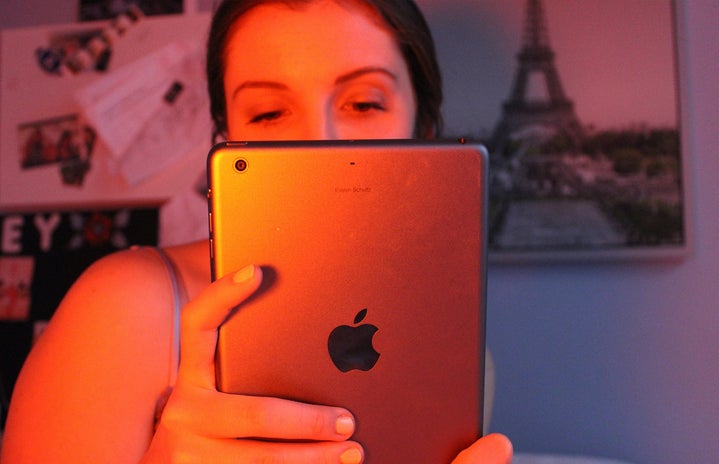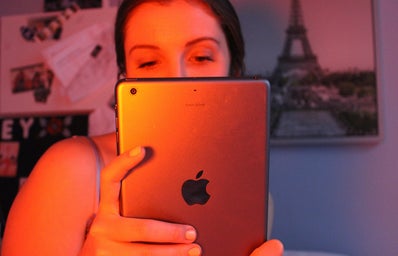I was gifted Naomi Wolf’s The Beauty Myth over four years ago for my grade 12 graduation. This summer, I finally read it. Wolf wrote the book in 1990, and although it undoubtedly uses old references and outdated terminology, I believe that much of Wolf’s research relates to a modern day audience. With the rise of the beauty industry and influencer culture, I believe that the course of women’s emancipation from patriarchal structures has merely taken on a different form and now operates in a different medium—the internet.
In her chapter on “Work,” Wolf examines the Professional Beauty Qualification (PBQ), a requirement often applied in workplaces with women employees, allowing them to be hired, fired, or promoted depending on whether they meet the physical and behavioural ideal of how a woman ought to present herself. This was seen predominantly in the 1980s when women began entering professional spheres at higher rates, meaning their presence had to be earned (or bought!) through a beauty requirement.
In a sense, the increase of women in the workforce allowed them to climb the socio-economic ladder, but kept their self-esteem low enough that they would always be subjected to physical scrutiny under the male corporate gaze. Women’s economic liberation had to be earned through the oppressive ways she treats her own body. Wolf points out that the 1980s saw a proliferation of women’s magazines pushing the narrative that a woman’s ideal form was always within reach (“through dedication, hard work and [insert ‘holy grail’ beauty product], you too can look like her!”). This not only kept women stuck in a vicious pattern of self-hatred, but also encouraged women to spend their hard-earned money on beauty products in order to maintain their professional and social status in the office. While male status was associated with money, female status was associated with physical beauty. This, in effect, continued to fuel a patriarchal social structure where men at the top of the corporate ladder could still determine the fate of a woman’s career. Meanwhile, women funnelled their hard-earned money back into the pockets of corporations selling women the products they were told they needed to thrive.
Wolf argues that beauty has become institutionalized in women’s work. Today, beauty seems to be an institution in and of itself. It is embodied in the social media influencers who market themselves through physical images that tethers women’s worth to her physical appearance. Ultimately, these influencers subject themselves and others to unrealistic beauty standards, manifested in the rampant use of photoshop, Facetune and cosmetic surgeries. Products are no longer just sold to women; women themselves have become the product.
The beauty myth is flourishing in a culture that rewards superficial appearance. It has damaging effects on young women who cannot decipher whether a body has been edited and believes her body to be of lesser value because it does not (and cannot) look like the influencers she sees on Instagram. Furthermore, the influencers promoting and selling this myth are victims of their own subjugation; the state and appearance of their body becomes their life’s work – a state that they too cannot achieve. The overwhelming amount of criticism Khloe Kardashian received after an image of her unedited body was posted on the internet showcases this reality. Despite her family’s contribution to today’s beauty standard, Khloe and her sisters often cannot keep up with their own image.
I would be a hypocrite if I did not admit my own participation in the myth. I buy beauty products, I spend money curating my personal style, I place too much value on the number of likes I receive on Instagram. Women play into the myth because it’s the easiest way to survive in a society that tells us our worth lies in our physical appearance. But women will never be liberated from the beauty myth in a world that rewards impossible bodies and poreless faces.

